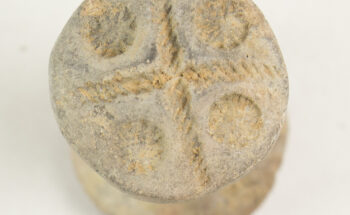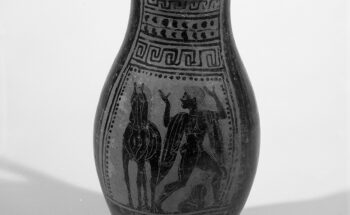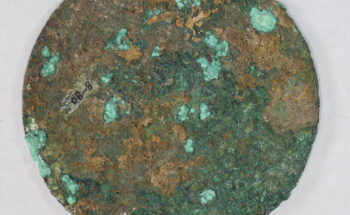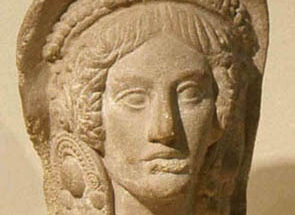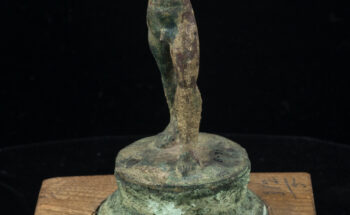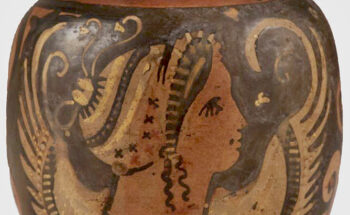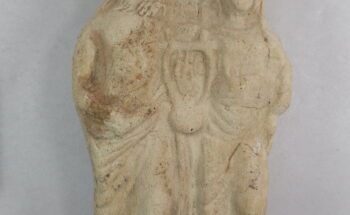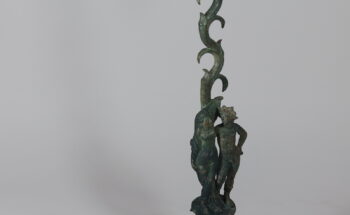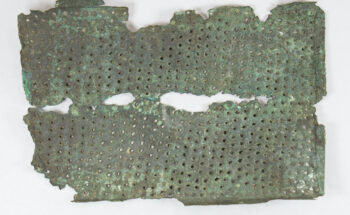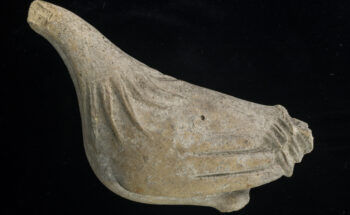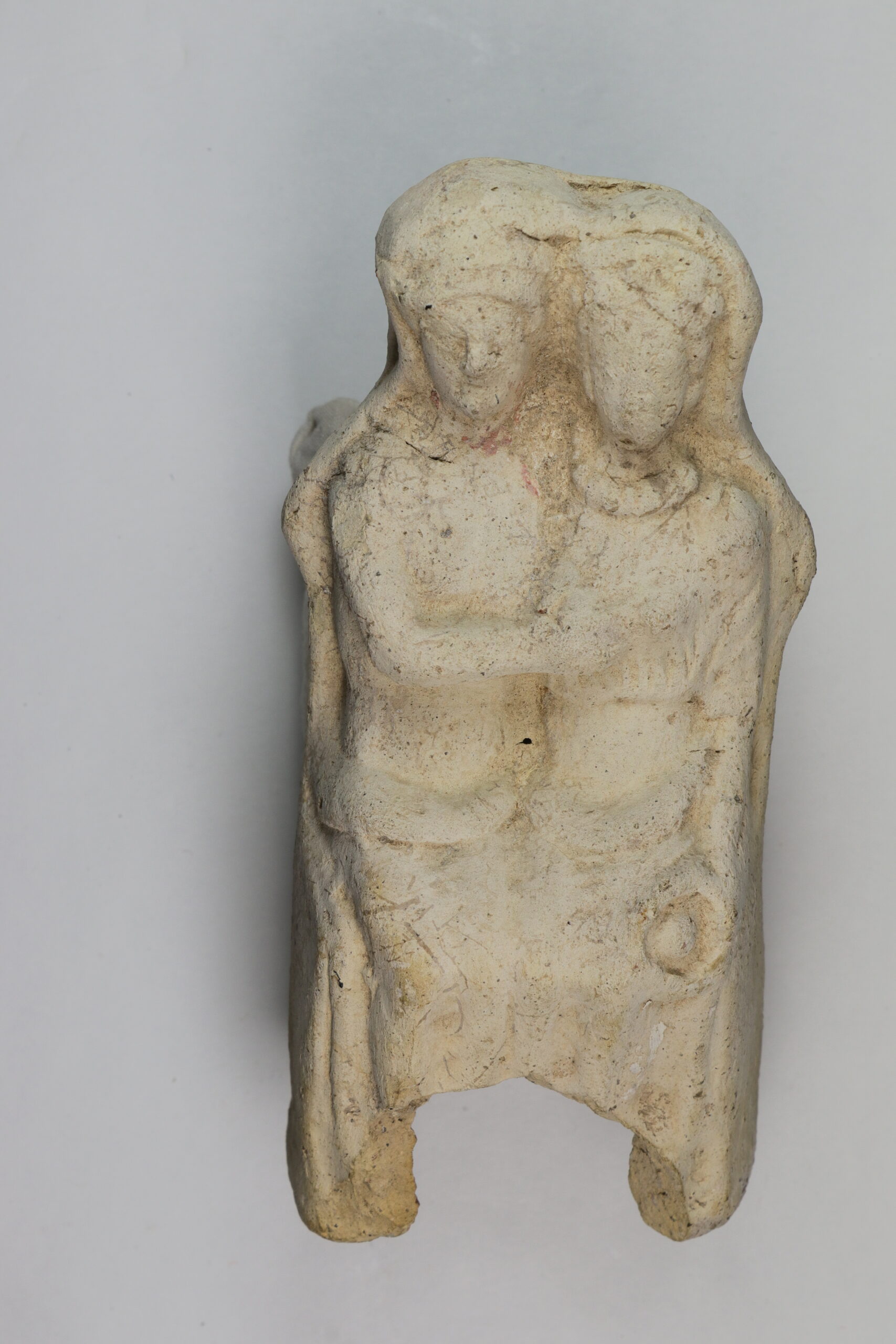New Perspectives on Etruscans at the Hearst Museum: Pasts, Present and Futures
This exhibit showcases one of the largest collections of Etruscan artifacts in North America, located at the Hearst Museum of Anthropology at UC Berkeley. The Etruscans were an indigenous people living in central Italy in the first millennium BCE. They were responsible for many cultural and artistic conventions that defined ancient Italy, especially early Rome. Their cultural, political and artistic footprint continues to reveal the important role the Etruscans held in the ancient Mediterranean landscape.
Students in Dr. Lisa Pieraccini’s fall 2021 Seminar, “The Etruscans: Past, Present and Future: An Art of Many Faces,” explored the material culture of the Etruscans through an innovative lens — focusing on the concepts of rediscovery, reception, indigeneity and decolonization. The objects selected in this virtual exhibit highlight fascinating aspects of the material world of the Etruscans. Since their language has not survived (save for fragmented inscriptions), students relied on the careful examination of Etruscan material culture to better understand their customs, art, social institutions and more. This virtual exhibit aims to shed new light, not only on the Etruscan Collection at the Hearst, but also on the connections between Etruscan art and the present, with special emphasis on the future(s) of Etruscan studies and Etruscan collections.


